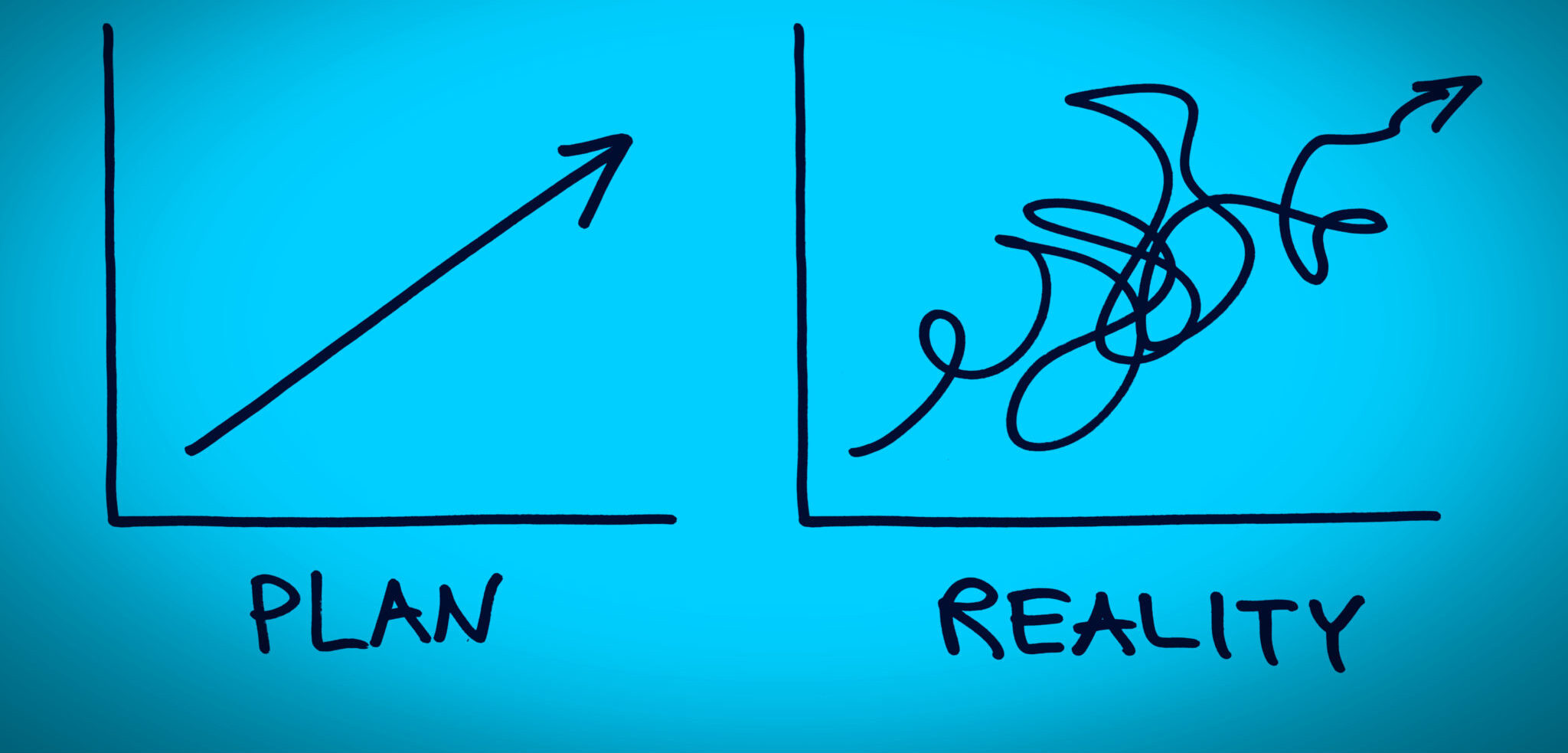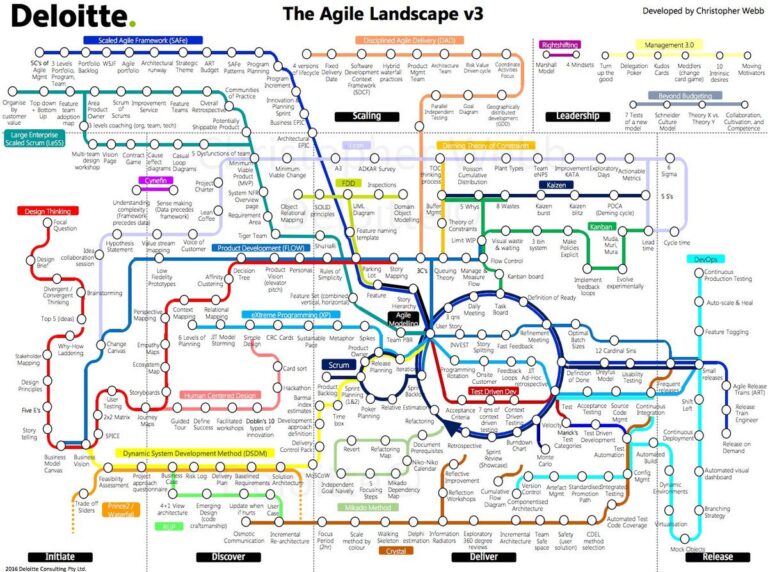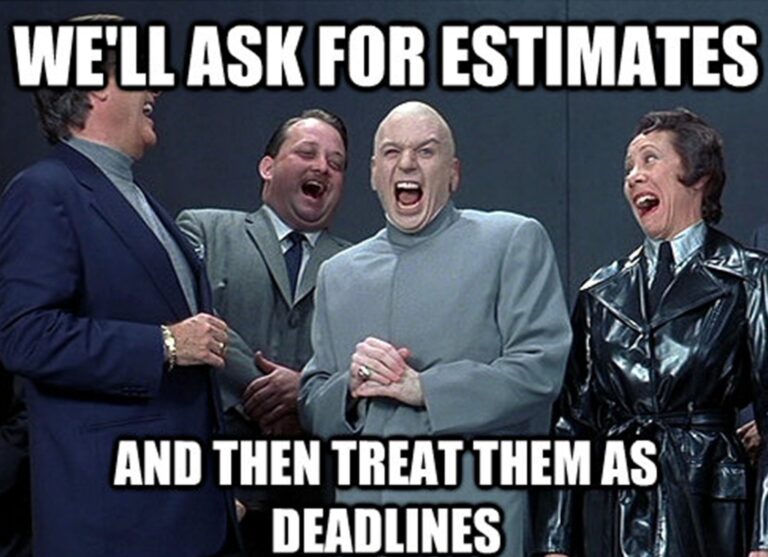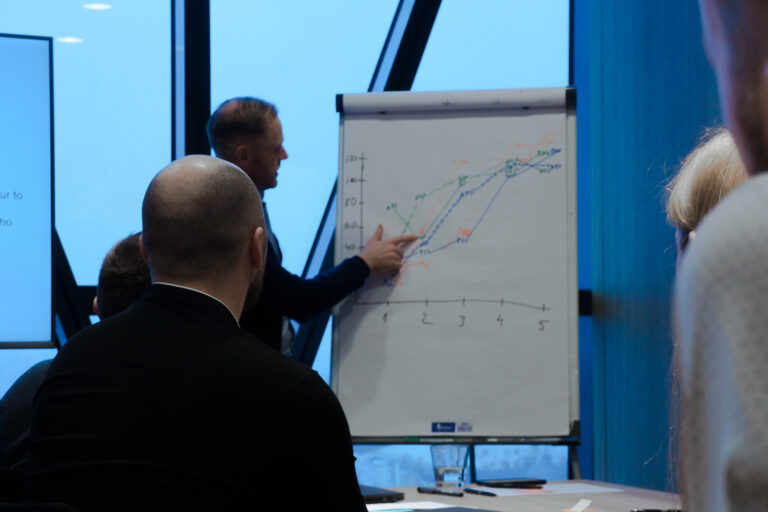Why do plans fail?
Why do things don’t go according to plan? How to be better at planning? Let’s sort this out once and for all!
Accurately predicting how much time will be needed to complete a task is almost impossible. That’s because we have an optimism bias and we underestimate the time needed to complete any future task. It’s called the “planning fallacy” – a theory proposed by Daniel Kahneman along with Amos Tversky in the late 1970s.
Important facts about the planning fallacy:
- The phenomenon occurs regardless of your knowledge that previously you needed more time to complete similar tasks.
- If someone outside is predicting how much time others will need to complete tasks – they tend to have a pessimistic bias – overestimating the time required.
- Planning fallacy has been proven time after time in the most significant construction projects worldwide (Sydney Opera House, Berlin Brandenburg Airport, California Hig-Speed Rail, etc.)
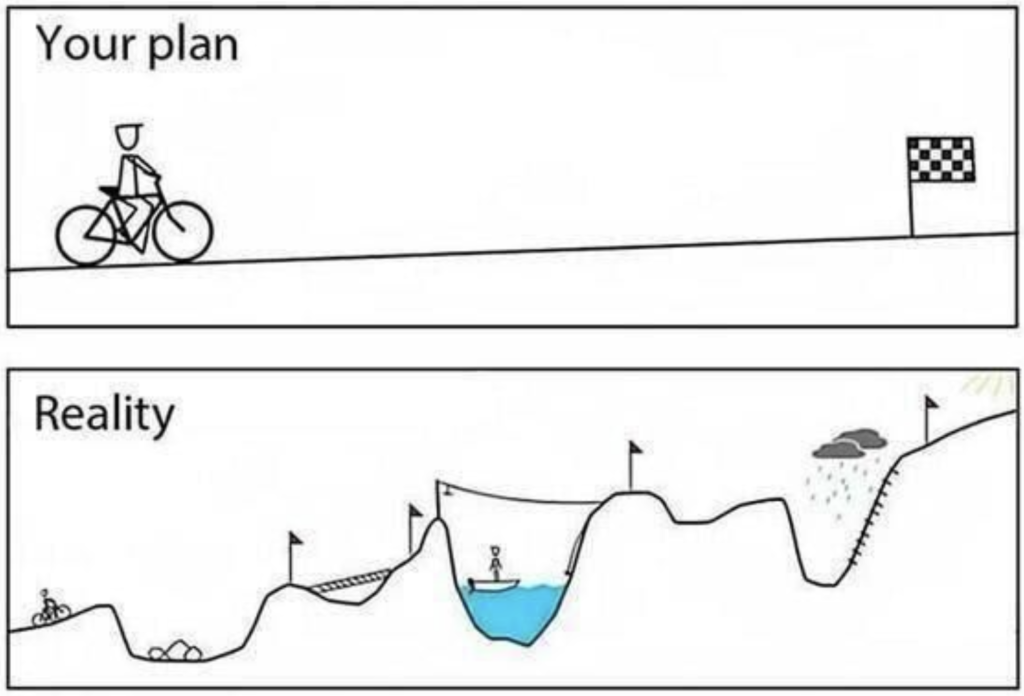
Mr. Kahneman won the Nobel Prize in Economics for the “reference class forecasting” method – it is but one tool to mitigate the planning fallacy. The basic idea of reference class forecasting is that you have some smaller, familiar reference that you compare the expected results to.
Here’s my personal shortlist of tools I like to use to avoid the planning fallacy:
- Use velocity metrics as a guide for the team to plan their capacity. Use cycle time and throughput (Montecarlo simulations) as a guide for management to guesstimate “when stuff will be done”.
- Raise awareness among teams, management, and across the organisation that product development is more art than science and accurate predictions are impossible (but we can strive for more intelligent and data-driven guesstimates).
- Educate the management that time/cost, scope & quality can all be fixed at the same time only at the expense of people’s health, management disappointments, and possible future resentments on all sides.
- Add some buffers to your plans!
Here’s how Agile teams escape the trap of planning fallacy and get better at planning!
What do you do to avoid/ mitigate the planning fallacy?

